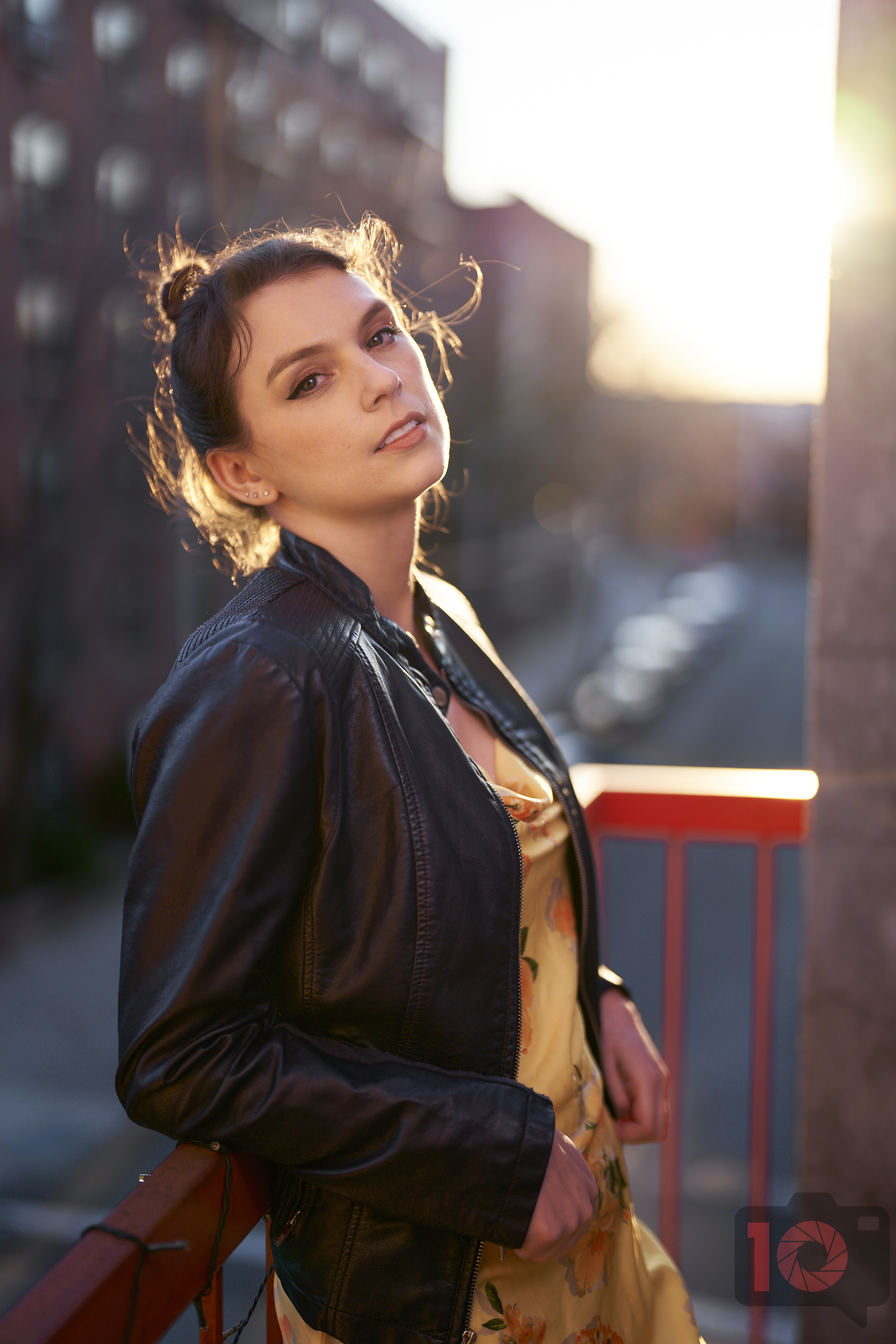Everyone loves their fast prime lenses! They can create gorgeous photos to be proud of and that everyone on social media stare at. But those photos are difficult to pull off at times. And if you refuse to stop your aperture down, then don’t worry because there’s a way to get beautiful photos at f1.2. We’re going to share a few tips on what to do based on the work we’ve done with Canon, Sony, and Nikon cameras. That means if you’re using a Leica lens on a full-frame camera with manual focus, you’re out of luck for this tutorial. But if you’re using an autofocusing f1.2 lens on a smaller-frame autofocus camera, then you’re probably in luck.
We hate banner ads too. Download our app for iOS, iPad, and Android and get no banner ads for $24.99/year.
We’re surprised how many photographers refuse to use scene recognition. But the first thing to do is make sure face detection and eye detection are enabled. This will help the camera and lens recognize when it’s pointed at someone’s face. For the rest of this to work, we recommend enabling the wide-area AF mode. You don’t need to tell the camera to recognize a face if your firmware is up to date and doing its job.
Second (and here’s the big tip), set the camera to the continuous autofocus mode. For Nikon and Sony, this is AF-C. For Canon, this is Servo AF. When combined with face and eye detection, the camera and lens will track a model if and when they move. For the best results, tell it to lock onto that subject and not switch to another.
Why photograph your subject in continuous autofocus mode? You and your model are bound to move at times. And if you do, the camera can continuously work to track your model’s eyes at f1.2. Admittedly, this won’t work as well with some of the Nikon cameras we’ve used. But it’s pretty flawless with nearly every modern Canon or Sony camera we’ve tested it with.

For even better results, turn off the exposure preview. This is a controversial statement even amongst our staff. Reviews Editor Hillary Grigonis swears by exposure preview, but it slows down the autofocus performance of every camera on the market. Using an f1.2 lens with exposure preview turned off will let the camera get the most accurately focused photos. With that in mind, you don’t have to work as hard, and you can instead focus on giving your subject more direction. Lastly, make sure your shutter speed is high enough to prevent camera shake. Image stabilization will help if you’re not using effective hand-hold methods. But overall, you should always try to get the camera and lens to be as steady as possible.
Some photographers will photograph their subjects at 20fps. That’s a waste. There’s no need to take so many photos to then cull through later in post-production. That’s lazy photography. Instead, work more with your subject to get a few awesome images you’ll thoroughly love.
We really like the Canon RF 50mm f1.2, Nikon Z 50mm f1.2, and Sony 50mm f1.2 G Master lenses. And we’re sure you will as well.



